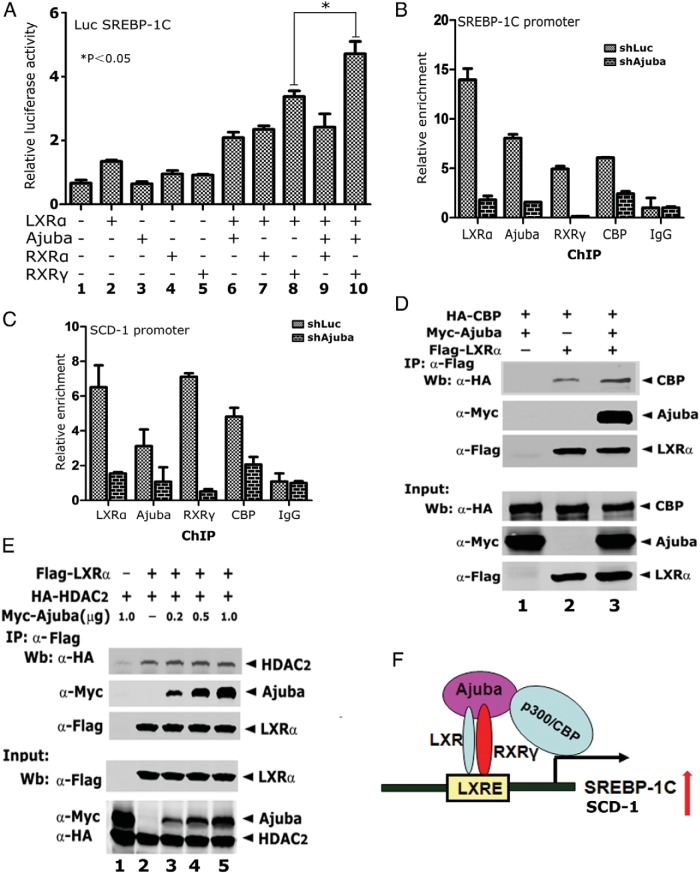Figure 6. Depletion of Ajuba results in decreased DNA binding of LXRα and RXRγ in HepG2 cells.
A, Luciferase reporter assays on SREBP-1C promoter in HEK-293T cells. Experiments were done in triplicate and were repeated 3 times. Data shown was from 1 experiment in triplicate. B and C, ChIP assays in HepG2-shLuc and HepG2-shAjuba cells were performed using antibodies specific to LXRα, Ajuba, RXRγ, and CBP. The coeluted DNA fragments were amplified by qPCR using primers flanking the functional LXREs at the promoters of SREBP-1C and SCD-1, respectively. Data shown were an average of 3 independent experiments. *, P < .05. D, Ajuba increases the binding between CBP and LXRα. co-IP assays were performed in 293T cells transiently expressing HA-CBP, Flag-LXRα, and Myc-Ajuba, using Flag antibody. E, Ajuba does not affect the interaction between LXRα and HDAC2. co-IP assays were performed as that in D. Experiments were repeated twice. F, Working model for Ajuba/LXRα/RXRγ ternary complex to control LXR target gene expression. Ajuba enhances LXRα/RXRγ heterodimer formation and also recruits CBP to acetylate histones and activate gene expression.

